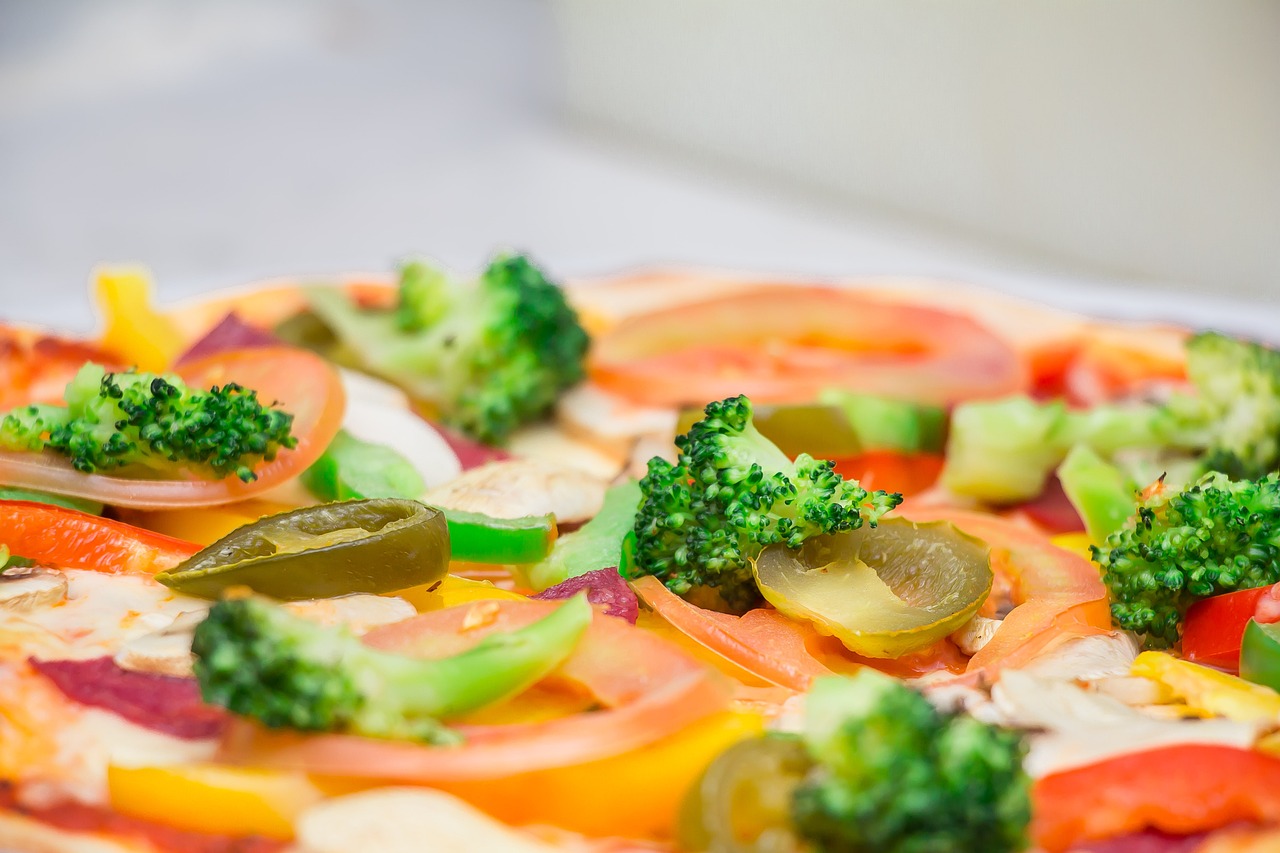Food Safety Protocols in the Age of COVID-19
Ensuring food safety in restaurants is paramount to maintaining customer trust and loyalty. It starts with proper storage of perishable ingredients, such as meats and dairy products, at the correct temperature to prevent bacterial growth. Regularly checking the expiration dates of all food items and promptly disposing of any expired products is essential to avoid serving contaminated food to customers.
Another crucial aspect of food safety in restaurants is maintaining a clean and sanitized kitchen environment. All surfaces, utensils, and equipment used in food preparation must be regularly cleaned and sanitized to prevent cross-contamination. Additionally, restaurant staff should rigorously wash their hands, especially after handling raw meat, seafood, or eggs, to prevent the spread of harmful bacteria.
Enhanced Sanitation Practices for Food Handling
Effective sanitation practices are crucial when it comes to ensuring food safety in restaurants. It is important for all food handlers to understand the necessity of frequent handwashing with soap and water for at least 20 seconds. Additionally, using hand sanitizers with at least 60% alcohol can be a practical option for maintaining good hygiene standards in between handwashing intervals.
Furthermore, food contact surfaces must be sanitized regularly to prevent cross-contamination and the spread of harmful bacteria. Utilizing approved sanitizers and cleaning agents is essential in eliminating potential health hazards. Implementing strict cleaning schedules and protocols for kitchen equipment, utensils, and food preparation areas is key in upholding high sanitation standards in food handling practices.
Implementing Social Distancing Measures in Food Service
As the restaurant industry navigates the challenges presented by the ongoing pandemic, implementing social distancing measures has become a crucial aspect of ensuring the safety of both customers and staff members. One key strategy that many restaurants are adopting is rearranging dining areas to increase the distance between tables and seating areas. By spreading out seating options, restaurants can reduce the risk of close contact between individuals and help prevent the spread of respiratory droplets.
In addition to rearranging seating layouts, restaurants are also implementing measures to control the flow of customers and avoid overcrowding. Some establishments have introduced reservation systems or queuing protocols to manage the number of patrons entering the premises at any given time. By limiting the number of people inside the restaurant, businesses can better enforce social distancing guidelines and create a safer environment for all individuals.
What are some food safety guidelines that restaurants should follow?
Restaurants should follow proper handwashing techniques, ensure all food is cooked thoroughly, regularly clean and sanitize surfaces, and avoid cross-contamination of food.
How can restaurants enhance sanitation practices for food handling?
Restaurants can enhance sanitation practices by implementing regular cleaning schedules, using sanitizing products approved for food contact surfaces, and training staff on proper sanitation techniques.
What are some social distancing measures that can be implemented in food service?
Social distancing measures in food service include spacing out tables to maintain a safe distance between customers, limiting the number of customers allowed in the restaurant at one time, and offering contactless payment options.
How can restaurants ensure the safety of their customers and staff during the COVID-19 pandemic?
Restaurants can ensure the safety of their customers and staff by following guidelines set forth by health authorities, implementing proper sanitation practices, and enforcing social distancing measures.







